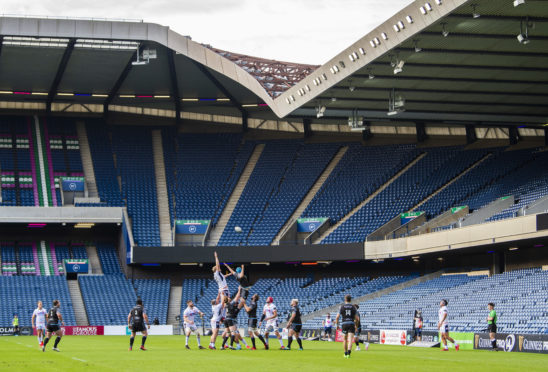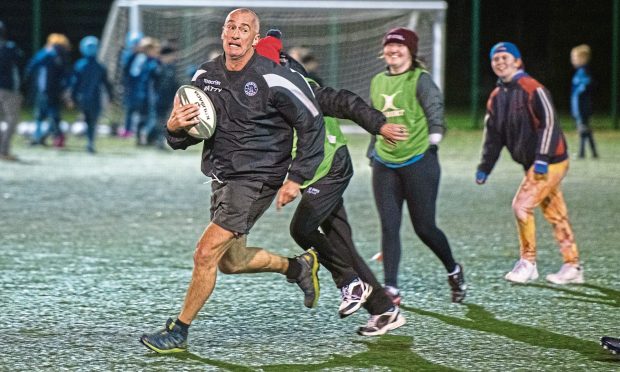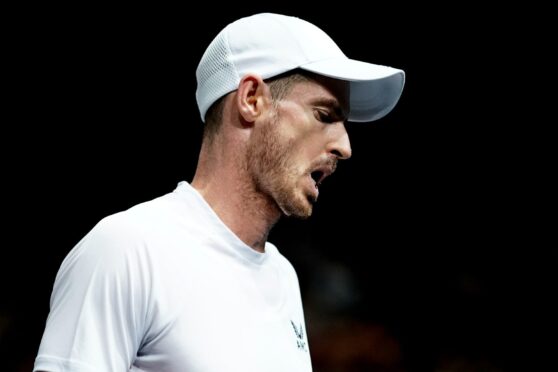The first thing to point out is that competitive games at BT Murrayfield with no fans are a rarity, but not unknown.
That’s not a tired joke at Edinburgh’s once-meagre support. If you’ve covered Scottish rugby for long enough you’ll have been to quite a few spectator-less games at the national stadium when pandemics were still the stuff of sci-fi horror movies.
There was when Edinburgh played Castres on a Monday afternoon in 2010 with no spectators allowed because of heavy snowfall making the stadium approaches and concourses dangerous. Or the two World Cup “qualifiers” in 1998 when Scotland scored 85 points twice in a week against Spain and Portugal, but with no spectators present.
They even hastily arranged an A game once with no fans at Murrayfield simply to ensure a couple of players passed international eligibility rules before an impending deadline.
Saturday was, of course, very different. There were no temperature checks at the gate in 2010, no declaration of health forms to fill out, and no need to wear facemasks at all times or continually use the hand sanitiser provided (cucumber and garden mint, no less, very West Edinburgh).
There was no coffee or half-time sandwiches and no moving around, which caused panic with one or two of the 20 media covering the game who require regular sustenance and can’t sit still.
Unlike some football matches thus far post-lockdown, there was no attempt to decorate the empty seats or provide fake crowd noise (they used to do that at Murrayfield when the stadium was full, believe it or not).
The only ambient noise was Glasgow’s regular DJ and announcer Gavin Pearson (it was supposed to be a Warriors’ home game) who played the standard Scotstoun tunes but mercifully was not at his usual ear-splitting volume.
Apart from the media, the meagre throng included each team’s considerable entourages (all masked) and a few bigwigs. Sitting suitably socially distanced down from the press box were Scotland’s coaching team of Gregor Townsend, Mike Blair and the chatty defence coach Steve Tandy.
Atmosphere? There was a little, almost wholly provided by the Glasgow bench and back-up players, led by Niko Matawalu, who noisily clapped and shouted any time one of the Warriors did something half-decent. The only sound from the Edinburgh area were coaches Richard Cockerill and Calum MacRae, as they usually do, attempting to direct the referee from afar.
But it was undeniably strange – we’ve been used to crowds approaching 30,000 when these two teams have met at Murrayfield in recent times. It made you think how far pro rugby in Scotland has come.
Also, the Scottish Government were watching intently. The second re-start game on Friday will allow around 700 spectators, the first time they’ve been permitted in top level sport since lockdown.
That’s an undoubted coup for Scottish Rugby. All fingers will be crossed that their painstakingly crafted plan on Saturday worked, and we’re finally started on a long road out of this isolation.


